In the 1990s, Romanian-Australian economist Stefan Mandel and his colleagues played the lottery and won several times in a row.
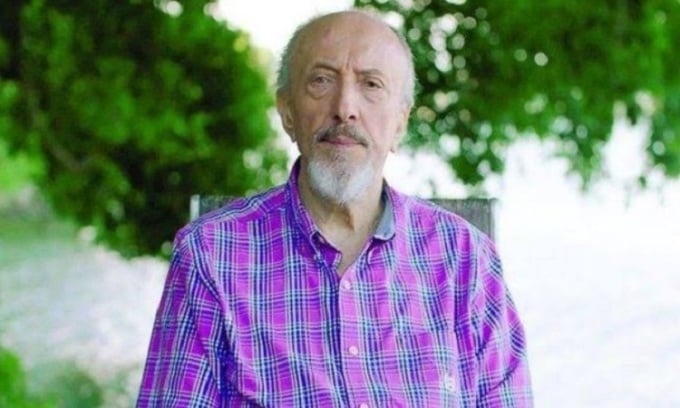
Stefan Mandel in a photo he shared on his personal page in 2020. Photo: Twitter
In the late 1960s, young economist Stefan Mandel was struggling to make ends meet. His salary was only about $10 a month, barely enough to cover his basic needs. He needed a way to make a lot of money quickly and decided to buy lottery tickets. Having a natural talent for numbers, Mandel spent every spare minute analyzing papers on probability theory by 13th-century mathematician Leonardo Fibonacci. After years of research, he wrote a “number-picking algorithm” based on a method called “combinatorial condensation.”
Accordingly, if a player chooses 6 numbers from 1 to 49, the odds of winning are 1/13,983,816. If that person chooses 15 numbers, the chances of winning increase to 1/2,794. With his algorithm, Mandel was sure that he could win at least second prize along with hundreds of smaller prizes, and the odds of winning the jackpot were 1/10. Mandel teamed up with 4 friends, each of whom bought 228 lottery tickets. He was lucky to win the jackpot, which was worth about $2,000 at the time. After deducting expenses, he had enough money to send his wife and children abroad. After 4 years of wandering around Europe, Mandel settled in Australia and started playing the lottery differently.
Mandel realized something: In some lotteries, the jackpot is three times the cost of buying every possible set of numbers. For example, a lottery that requires picking six numbers from 1 to 40 would generate 3,838,380 possible sets of numbers. At $1 a ticket, buying every possible set of numbers would cost a player more than $3.8 million. But if the jackpot is $10 million, after taxes, the player would still be “profitable.”
In a typical lottery, a set of numbers is randomly selected from a range of numbers, say 1 to 50. If a player picks a set of numbers that matches the result, they win. But Mandel found that in some lotteries, the jackpot is three times the cost of buying every possible set of numbers. For example, a lottery that requires picking six numbers from a range of 1 to 40 would create 3,838,380 possible sets of numbers. At a $1 ticket price, buying every possible set of numbers would cost a player $3.8 million. However, they would still make a huge profit if they won the $10 million jackpot (after taxes).
Mandel’s strategy worked. He and his investors won the Australian lottery 12 times in the 1980s. However, his methods quickly caught the attention of Australian authorities, who introduced new regulations and laws to prevent Mandel from continuing to play the game. But 13 wins in Australia and Romania were not enough for Mandel, so he set his sights on the Virginia state lottery in the US.
Over time, Mandel convinced hundreds of investors to pool their money and promise to split the winnings between them. He then developed an automated system: a room full of printers and computers that ran algorithms to print out every possible combination of numbers. The computer revolutionized Mandel’s process. Previously, he was limited to writing out millions of combinations by hand; a single mistake could undo eight months of work. But now he could hand off the work to a machine.
In the 1980s, Mandel and his investors won 12 lotteries across Australia, including a $1.1 million prize in 1986. His repeated wins prompted Australian authorities to change lottery regulations, so Mandel set his sights on bigger bets: American lotteries.
At the time, the Virginia lottery had a few advantages. Because it was relatively new, players were allowed to buy unlimited tickets, print them at home, and then take them to establishments like stores and gas stations to pay for them. Most importantly, the numbers were limited to 1 to 44 (other states went up to 54). Players picked six numbers from that range, which represented 7,059,052 sets of numbers, far fewer than the usual 25 million sets of numbers. At $1 a ticket, Mandel would have had to spend nearly $7.1 million to be sure of a winning ticket.
Mandel convinced 2,560 investors to chip in. In a warehouse in Melbourne, Australia, he set up 30 computers and 12 laser printers, and hired 16 full-time employees to print millions of tickets with every possible combination of numbers over a three-month period. He then shipped a ton of tickets to Virginia, USA, at a cost of $60,000. However, Mandel had to wait for the jackpot to reach a high enough value to make a profit after deducting taxes, expenses, and interest payments to investors. On Wednesday, February 12, 1992, the Virginia lottery offered a jackpot of $15.5 million, and Mandel and his partners decided to make a move. The drawing was on a Saturday, meaning they had three days to buy 7.1 million tickets.
Mandel asked entrepreneur Anithalee Alex Jr. to send dozens of people to gas stations and grocery stores to pay all the tickets with checks. The process went smoothly for two days. But on the last day, hours before the deadline, one of the establishments stopped paying them. They couldn’t get their hands on 140,000 tickets (700 sets of numbers). In the end, they had only about 6.4 million sets of numbers. Winning a prize still depends in part on luck.
On February 15, 1992, luck smiled on Mandel and his associates, they won the jackpot of $27 million and won nearly a million more from the lower prizes. After taxes and expenses, each investor received about $1,400, and Mandel himself paid a consulting fee of $1.7 million. A total of 14 international agencies, mainly from Australia and the United States, investigated Mandel, including the CIA, FBI, IRS, the UK's National Crime Agency (NCA), and the Australian Security Council. Ultimately, they concluded that Mandel had not broken the law.
A few years later, in 1995, Mandel declared bankruptcy. He spent a decade in various unsuccessful investment ventures. Today, Mandel lives a quiet life in a beach house on the tropical island of Vanuatu and no longer plays the lottery.
An Khang (According to IFL Science )
Source link



![[Photo] More than 17,000 candidates participate in the 2025 SPT Competency Assessment Test of Hanoi National University of Education](https://vphoto.vietnam.vn/thumb/1200x675/vietnam/resource/IMAGE/2025/5/17/e538d9a1636c407cbb211b314e6303fd)

![[Photo] Prime Minister Pham Minh Chinh chairs meeting on science and technology development](https://vphoto.vietnam.vn/thumb/1200x675/vietnam/resource/IMAGE/2025/5/17/ae80dd74c384439789b12013c738a045)

![[Photo] National conference to disseminate and implement Resolution No. 66-NQ/TW and Resolution No. 68-NQ/TW of the Politburo](https://vphoto.vietnam.vn/thumb/1200x675/vietnam/resource/IMAGE/2025/5/18/adf666b9303a4213998b395b05234b6a)
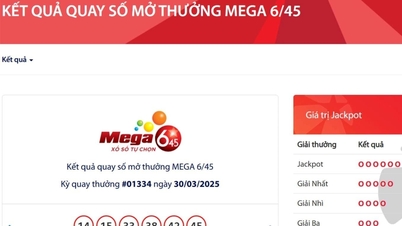

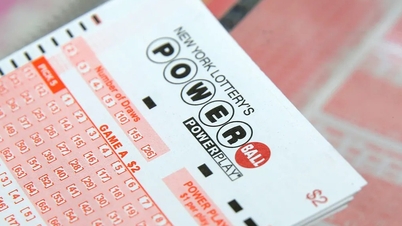







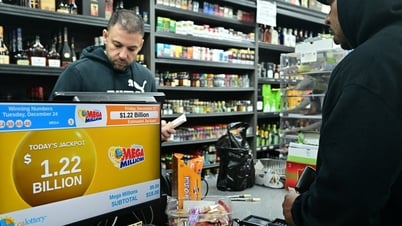



















![[Photo] General Secretary To Lam visits exhibition of achievements in private economic development](https://vphoto.vietnam.vn/thumb/1200x675/vietnam/resource/IMAGE/2025/5/18/1809dc545f214a86911fe2d2d0fde2e8)
















































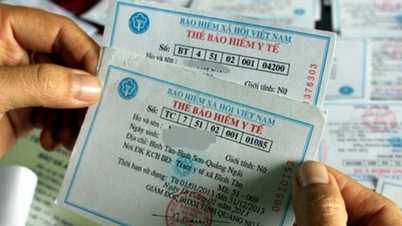















Comment (0)